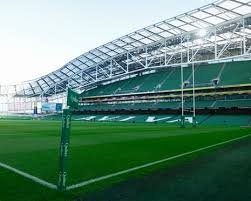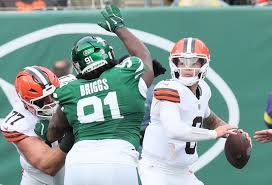
html
Ireland vs Australia: Aviva Stadium Showdown – Unpacking the Rugby Intensity
The roar of Aviva Stadium set the stage for a captivating international rugby clash as Ireland hosted the formidable Wallabies. This anticipated encounter was more than just a game; it was a test of strategy, resilience, and the current trajectory of two prominent rugby nations. With both teams facing their own pressures and aspirations, the stakes were incredibly high for this showdown between Ireland’s Green Machine and Australia’s Wallabies.
The Battle Unfolds: Key Moments and Irish Momentum
From the opening whistle, Ireland demonstrated a clear intent to dominate. The match kicked off with young Sam Prendergast’s drop-kick, immediately signaling the start of a high-energy contest. The home side wasted no time in putting pressure on the Australian defense, orchestrating a series of phases that, while initially contained, showcased their ambition to dictate the tempo.
A pivotal moment arrived early, just six minutes in, when Ireland’s relentless pressure forced a penalty. Quick thinking from Jamison Gibson-Park saw the ball tapped, leading to quick hands that found Mack Hansen free under the posts for a walk-in try. The successful conversion provided maximum reward for a strong Irish start, establishing a clear lead and boosting confidence.
The Wallabies, however, were not without their attempts to rally. An Australian scrum at their 10m line saw a spirited burst, but a forced pass went astray, allowing Robbie Henshaw to hack the ball on. The ensuing foot race ended with the ball rolling into touch, denying Australia a potential scoring opportunity. Moments later, a clumsy breakdown effort from Ireland on the restart allowed the Wallabies to regain possession. Yet, their attack on the 22 lacked a discernible plan, culminating in James O’Connor spilling the ball after a significant hit from Prendergast – a name that clearly echoed throughout the stadium, much to the crowd’s delight.
Team Lineups: Who Took the Field
Both coaching staffs selected strong squads, aiming for tactical superiority and individual brilliance. Here’s a look at the starting lineups for this thrilling international rugby fixture:
Ireland Starting XV
- Mack Hansen
- Tommy O’Brien
- Robbie Henshaw
- Stuart McCloskey
- James Lowe
- Sam Prendergast
- Jamison Gibson-Park
- Paddy McCarthy
- Dan Sheehan
- Tadhg Furlong
- James Ryan
- Tadhg Beirne
- Ryan Baird
- Caelan Doris
- Jack Conan
Wallabies Starting XV
- Max Jorgensen
- Filipo Daugunu
- Joseph-Aukuso Suaalii
- Len Ikitau
- Harry Potter
- James O’Connor
- Jake Gordon
- Angus Bell
- Matt Faessler
- Allan Alaalatoa
- Jeremy Williams
- Tom Hoope
- Rob Valetini
- Fraser McReight
- Harry Wilson
Replacements
Ireland: Rónan Kelleher, Andrew Porter, Thomas Clarkson, Nick Timoney, Cian Prendergast, Craig Casey, Jack Crowley, Bundee Aki.
Australia: Billy Pollard, Tom Robertson, Zane Nonggorr, Nick Frost, Carlo Tizzano, Ryan Lonergan, Tane Edmed, Andrew Kellaway.
Coaching Crossroads: Farrell’s Ireland and Australia’s Quandary
The match also served as a barometer for the strategic directions of both teams under their respective coaching regimes. For Ireland, Head Coach Andy Farrell has navigated his team through a period of immense success, yet recent performances, including a loss to the All Blacks and a less-than-convincing victory over Japan, have intensified scrutiny on his selections and tactical evolution. There’s an inherent tension in maintaining a winning formula while also integrating new talent and adapting to changing demands, a challenge Farrell has openly faced.
Australia, on the other hand, finds itself in a transitional phase. Their form leading into this game had been inconsistent, marked by a shocking loss to Italy, placing their style of play under significant review. With Joe Schmidt gradually handing over the reins to Les Kiss by mid-2026, the Wallabies rugby squad is in a unique position, searching for a cohesive vision amidst a period of leadership change. This uncertainty often impacts player confidence and on-field execution, making clear leadership and strategic direction paramount.
What’s Next? Implications for Both Nations
Heading into this match, expectations leaned heavily towards a convincing Irish victory. For Andy Farrell, such a result would provide crucial breathing room to continue his strategic developments and solidify his vision for the team. For Australia, avoiding an embarrassing defeat was a primary objective, crucial for maintaining morale and rebuilding momentum as they look towards future competitions and the new coaching era.
The Ireland vs Australia rugby match at Aviva Stadium, therefore, was not merely a standalone fixture but a significant chapter in the ongoing narratives of two proud rugby nations, each striving for excellence on the international stage.




